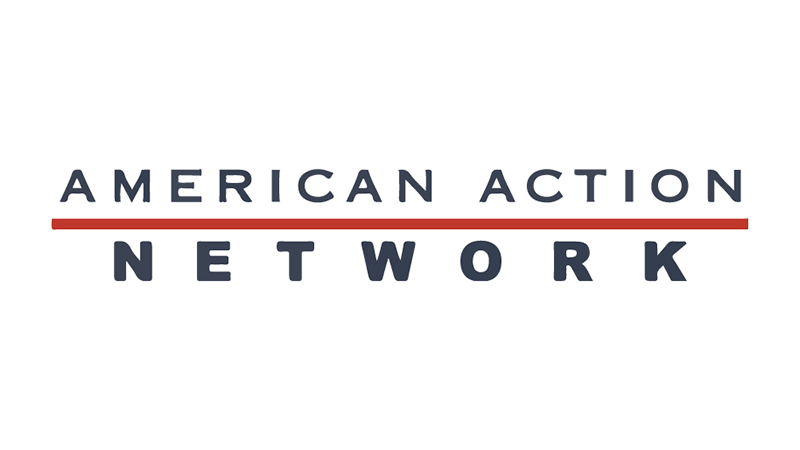Notes From Norm: Where the Rubber Meets the Road
As a former Mayor, I understand full well the importance of infrastructure in the economic life of a community.
Without good roads, safe bridges or access to state-of-the-art technology there is little to build an economy upon.
Goods can’t move over broken bridges – children can’t get access to a global universal of information to learn from – and ancient electrical grids and sewer and water systems thwart investment in communities.
It was in my travel around Minnesota as a candidate for Governor, as well as United States Senate, that opened my eyes to the true extent of the decay of Minnesota’s infrastructure.
Once in the Senate, and working with my colleagues, it was clear that Minnesota wasn’t an outlier when it came to an infrastructure system that was, quite literally, falling apart.
In fact, any state that didn’t have a crisis when it came to infrastructure was the outlier.
In 2003, I introduced the “Rural Renaissance Act” in the United States Senate.
This legislation would have authorized the financing of up to $50 billion in bonds that could have been used to expand broadband, improve utilities and generally upgrade the technology infrastructure of rural communities.
In 2007 I joined with a bi-partisan group of colleagues to introduce legislation called “Build America Bonds” that would provide $50 billion in additional Federal transportation funding, and would empower states across the country to complete critical infrastructure projects.
While $50 billion is real money – even for those who believe money grows on trees – it is barely a rippled in the overall infrastructure needs facing America.
But money and jobs aren’t the only things that should compel us to act with regard to our aging national infrastructure.
Minnesotans, and all of America, learned this all too well in August 2007 as a decaying bridge cost us lives.
Thirteen people died and 145 were injured when the I-35W Mississippi River Bridge suddenly collapsed – punctuating for me and my colleagues in the United States Senate the true gravity of the issues facing our country when it comes to the decline of our infrastructure.
According to the American Society of Civil Engineers 2013 Report Card on the status of our nation’s infrastructure, the amount of funding needed by 2016 to adequately address the nation’s aging infrastructure is $3.6 trillion.
In that context, $50 billion barely creates a ripple.
The same report gives America a grade of D+ when it comes to addressing the needs of its infrastructure. For more information on the report just follow this link: http://www.infrastructurereportcard.org/
On this past Sunday’s program, “60 Minutes”, Speaker of the House John Boehner makes it clear that addressing our nation’s infrastructure needs is a top priority of the GOP-controlled House of Representatives.
In describing the challenges of finding $75 to $100 billion to fund a 5 year commitment to transit funding, the Speaker said, “We believe that through tax reform, a couple of other options that are being looked at, we can find the funds to fund a long-term highway bill. It’s critically important to the country.”
In October of 2014, President of the American Action Forum, Douglas Holtz-Eakin outlined 5 basic principles when it comes to determining the process for making investment in infrastructure.
While Doug and I may not agree entirely on these principles, his logic and reasoning is worth considering.
I have attempted to capture the essence of his arguments below:
1. Most infrastructure benefits states or localities. Accordingly, those governments should take the lead in identifying projects and programs. And, to get incentives right, they should also bear the bulk of the costs. Only in those situations where there is a clear national benefit should the federal government become involved in financing the project.
2. A corollary is that federal programs need reform to focus on national objectives. According to Holtz-Eakin, that national objective should be economic growth, and the need for geographical connectivity to foster growth.
3. Pay for any additional outlays with reductions in transfer programs.
4. Infrastructure spending is not “stimulus.”
5. Transportation funding should be mode neutral.
Fundamentally, the need for infrastructure investment ought to be an area for bipartisan cooperation.
Higher gas taxes should not be the default position or the first option on the table. As Holtz-Eakin and Boehner outline, there are plenty of legitimate options that don’t require higher taxes to meet the needs of the country.
Economic growth in America is directly dependent upon the quality of our national infrastructure.
Without good roads, safe bridges or access to technology or modern sewer, water and utilities, our national economy will suffer.
While there are those who simply point to the jobs that will be created as a result of investment in infrastructure as the justification to spend billions – if not trillions – to bring our national infrastructure up to snuff – those are the short-term, albeit important, benefits of making that investment.
Spending money on infrastructure is a long-term investment in economic growth and job creation for future generations of Americans. The return on the investment in that future is an American economy that can continue to support the hopes and dreams of millions of Americans long after the dollars have been spent.
With a new GOP Congress promising to focus on policies that will create jobs and enhance economic growth, finding a comprehensive strategy to address infrastructure is a good place to make sure the rubber hits the road with that commitment.

